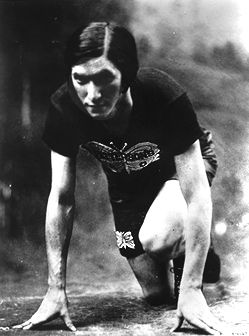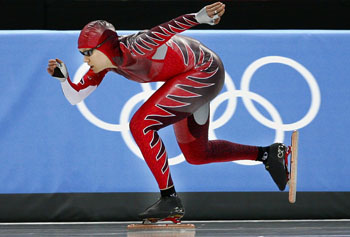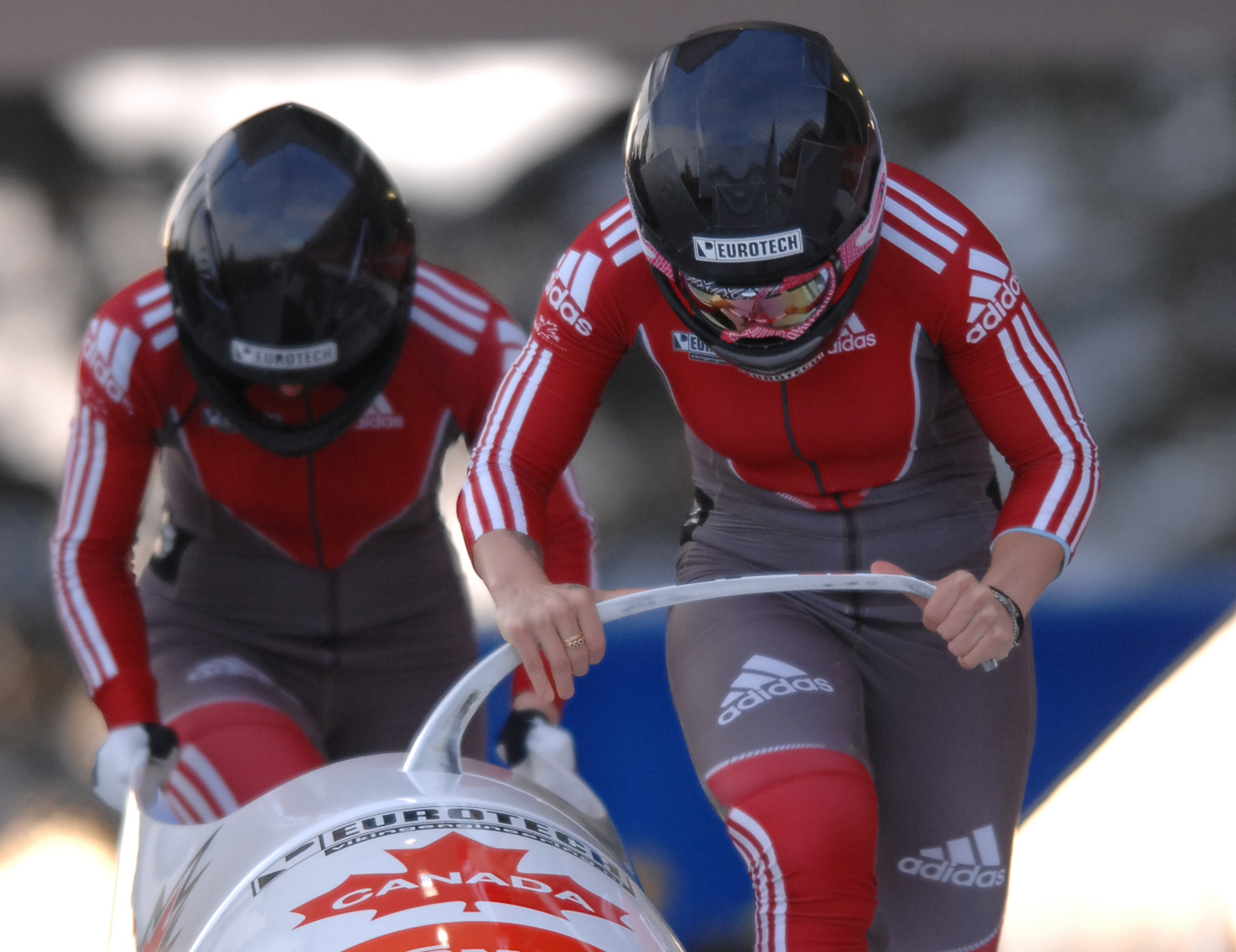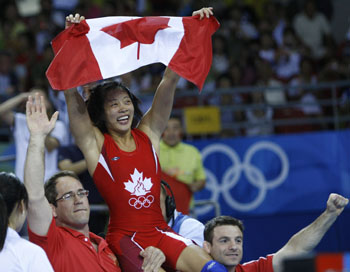If you asked the average Canadian to name a famous female Canadian athlete, they might mention Christine Sinclair, Kaillie Humphries, Clara Hughes, or perhaps the women’s Olympic hockey team. But did you know that some Canadian women cycled competitively in the Victorian period, or that a women’s basketball team from Edmonton dominated the sport in the 1920s?
Despite these early successes, women have had to fight to be involved in sports, and to be recognized for their athletic achievement. While female participation in sports has boomed over the last three decades, many girls and women still face barriers and discrimination in the sports world. As historian M. Ann Hall states at the beginning of The Girl and the Game: A History of Women’s Sport in Canada (2002), “when women actively participate in the symbols, practices, and institutions of sport, what they do there is often not considered ‘real’ sport, nor in some cases are they viewed as real women.” Yet the sports world has definitely changed throughout history. According to an article printed in the Toronto Globe in 1890, women were not naturally equipped to participate in any sports that required “violent” running: “She can swim, she can dance, she can ride: all these she can do admirably and with ease herself. But to run, nature most surely did not construct her.” The writer would certainly have been astounded by the athletic feats of Canadian hurdler Perdita Felicien, and by the number and nature of sports now open to women. In addition to sports traditionally considered ‘feminine’ (including swimming, golf, and tennis), girls and women now play hockey, rugby, and soccer; they wrestle and they box – not only at amateur levels, but also at the Olympics.

 Share on Facebook
Share on Facebook Share on X
Share on X Share by Email
Share by Email Share on Google Classroom
Share on Google Classroom















